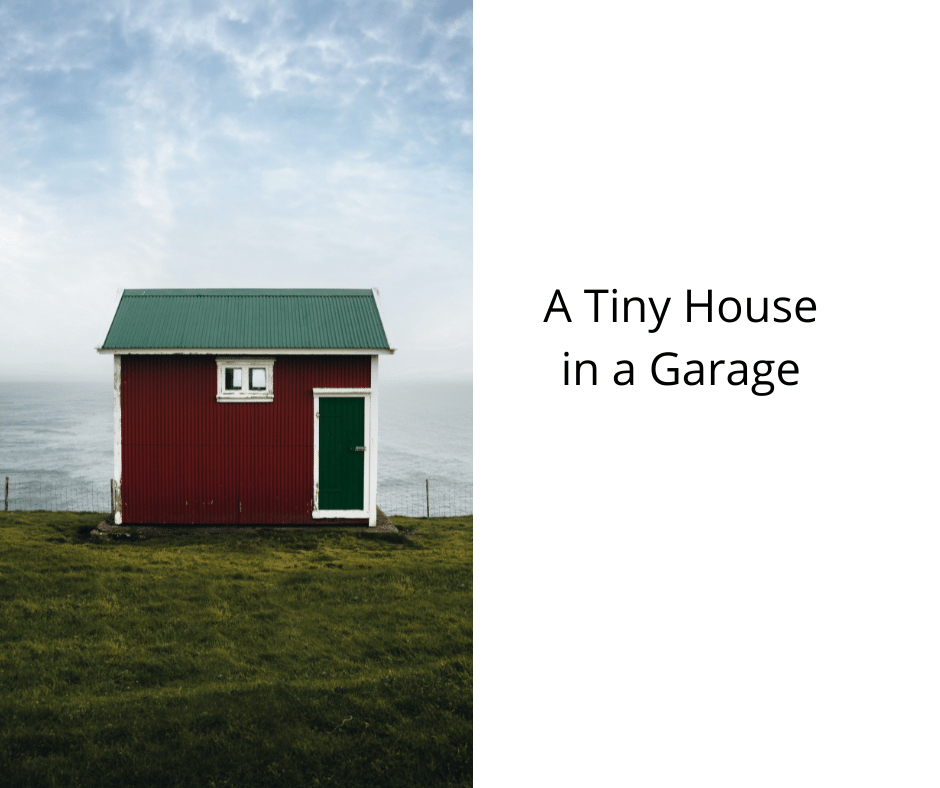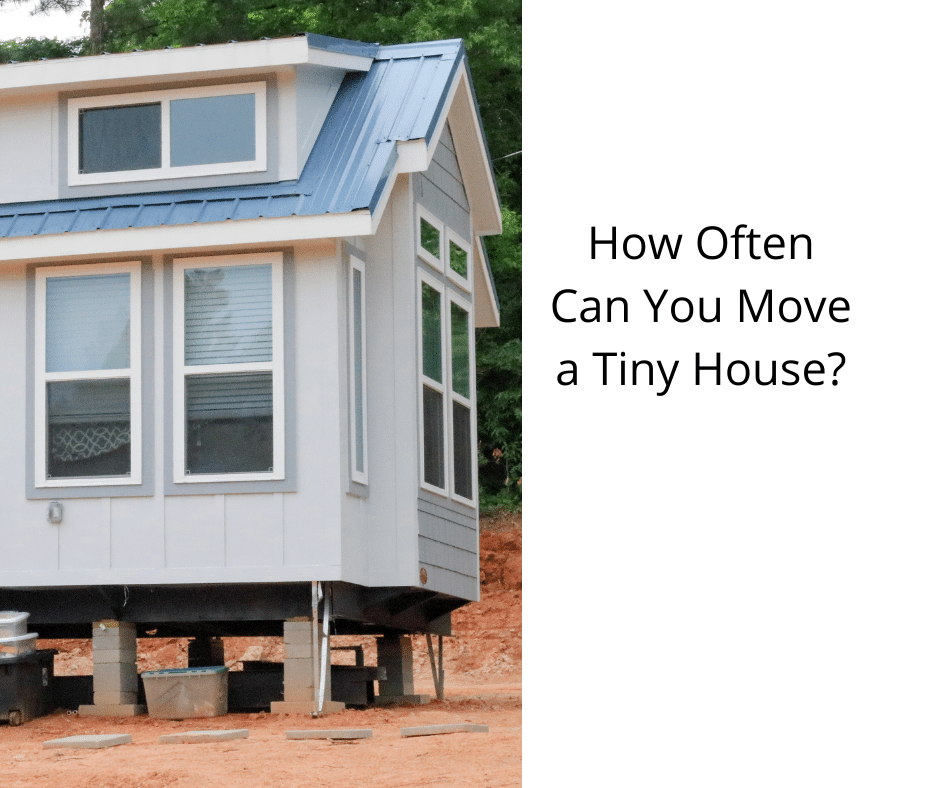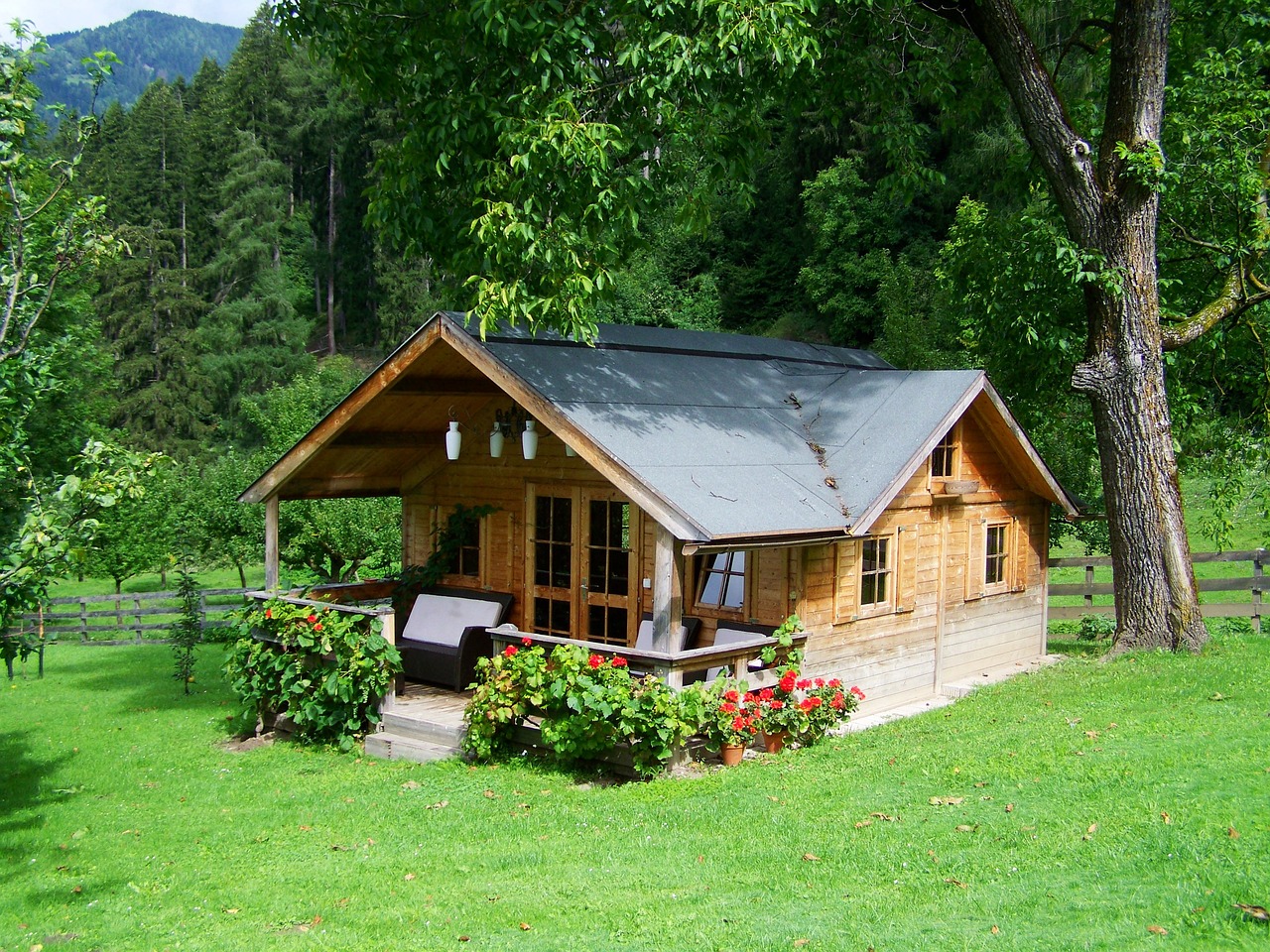Ah, the wonders of the natural world. It is truly enchanting to observe these tiny creatures flitting around my home, adding a touch of magic to my everyday life.
Yes, I’m talking about those tiny flies that seem to have taken up residence in every nook and cranny of my humble abode. But let’s be honest, who needs peace and quiet when you can have a constant soundtrack of buzzing wings? Who needs clean surfaces when you can have these adorable little creatures making themselves at home on your countertops?
Oh, the joy of discovering new species of flies in every corner! If you, like me, are curious to know exactly what these tiny flies are and how to bid them farewell, then join me on this enthralling journey as we delve into the world of fly identification, infestation sources, preventive measures, and even professional pest control options.
Buckle up, my fellow adventurers, because we’re about to embark on a thrilling quest to achieve a fly-free home.
Key Takeaways
- Identifying the type of fly is important for effective prevention.
- Prevention and control methods include eliminating breeding sites, using traps or baits, and addressing plumbing or moisture issues.
- Flies can carry bacteria, viruses, and parasites, posing health risks.
- Natural remedies, DIY traps, and professional pest control options can be used to get rid of flies.
Identify the Type of Fly
Do you ever wonder what type of fly those pesky little creatures in your house are? It’s important to identify the type of fly in order to effectively deal with them.
There are several types of flies that are commonly found in gardens and can easily make their way into your house if proper preventive measures are not taken.
One common type of fly found in gardens is the fruit fly. These tiny flies are attracted to overripe fruits and vegetables, as well as moist organic matter. To prevent fruit flies from entering your house, make sure to clean up any fallen or rotting fruits and vegetables in your garden.
Another type of fly commonly found in gardens is the house fly. These flies are attracted to garbage, decaying organic matter, and animal waste. To keep house flies out of your house, make sure to properly dispose of garbage and clean up any animal waste in your yard.
Identifying the type of fly in your house is crucial in order to effectively prevent them from entering. By taking preventive measures, such as cleaning up fallen fruits and vegetables and properly disposing of garbage, you can keep these pesky flies at bay.
Now, let’s explore the common types of flies found in homes.
Common Types of Flies Found in Homes
When it comes to flies in my house, there are three common types that I often come across: fruit flies, drain flies, and fungus gnats.
Fruit flies are attracted to ripe fruits and vegetables, while drain flies are commonly found in damp areas like sinks and drains.
Fungus gnats, on the other hand, are often seen around potted plants and thrive in moist soil.
Understanding these different types of flies can help me effectively identify and eliminate them from my home.
Fruit Flies
Amidst the buzzing chaos of my home, these minuscule winged intruders, known as fruit flies, dart through the air like mischievous acrobats. Fruit flies are commonly found in homes and are attracted to overripe or decaying fruits and vegetables. To identify fruit flies, one can observe their tiny size, measuring only 3 to 4 millimeters long, and their distinct red eyes. These pests reproduce rapidly, with females laying up to 500 eggs on the surface of fermenting substances. To control a fruit fly infestation, it is crucial to eliminate their breeding sites by disposing of any rotten produce and cleaning up spills promptly. Additionally, using vinegar traps or commercial fruit fly baits can help reduce their population. Transitioning into the subsequent section about ‘drain flies,’ these tiny pests also pose a nuisance in households.
Drain Flies
To fully appreciate the charm of your home, it’s important to tackle the issue of drain flies, those pesky little insects that can disrupt your household tranquility.
Drain flies, also known as sewer gnats or moth flies, are small flies that are commonly found in moist areas of the house, particularly near drains. They are attracted to the buildup of organic matter in drains and pipes, where they lay their eggs.
The drain fly life cycle consists of four stages: egg, larva, pupa, and adult. The entire life cycle can be completed in as little as two weeks.
While drain flies are not known to transmit diseases, their presence can be a nuisance and may indicate underlying plumbing issues.
In the next section, we will explore another type of tiny fly: fungus gnats.
Fungus Gnats
You can further enhance the serenity of your home by addressing the issue of fungus gnats, those pesky little insects that can disrupt the tranquility of your household. Fly control is essential to eliminate these annoying pests.
There are several home remedies you can try to get rid of fungus gnats. One effective method is to mix apple cider vinegar with a few drops of dish soap and place it in a small bowl near the affected areas. The gnats will be attracted to the scent and get trapped in the solution.
Another option is to sprinkle cinnamon powder on the soil of your houseplants, as it repels these flies. Additionally, make sure to keep your plants well-watered but not overwatered, as fungus gnats thrive in damp environments.
By implementing these fly control techniques and home remedies, you can effectively combat the problem of fungus gnats in your home.
To determine the source of infestation…
Determine the Source of Infestation
Hey there! Wondering where these pesky little flies in your house are coming from? Let’s find out the source of the infestation together!
To determine the source of the fly infestation, there are a few key areas to investigate:
- Drains: Check your drains for any buildup of organic matter. Flies are attracted to the damp, decaying material found in drains, so cleaning them regularly can help eliminate a potential breeding ground.
- Moisture: Excess moisture in your home can attract flies. Inspect areas like leaky pipes, damp basements, or wet houseplants. Fixing these issues will help reduce the fly population.
- Food Sources: Flies are drawn to food, so it’s important to ensure that all food is properly stored in airtight containers and that crumbs are cleaned up quickly. Pay special attention to areas like garbage cans, pet food, and compost bins.
Remember, a fly infestation not only causes annoyance but can also pose health risks. Flies can carry bacteria, viruses, and parasites, potentially contaminating your food and spreading diseases like salmonella and E. coli.
By determining the source of the infestation and addressing it promptly, you can minimize the health risks associated with these tiny flies.
Now, let’s explore some preventative measures to keep flies away.
[Transition sentence]: Taking proactive measures to prevent fly infestations is crucial in maintaining a clean and healthy living environment.Preventative Measures to Keep Flies Away
Now, let’s explore some steps you can take to keep those pesky flies at bay.
There are several effective fly repellent methods and fly control techniques that you can use to prevent flies from infesting your home. First, make sure your windows and doors are properly sealed to prevent flies from entering. You can also install fly screens on your windows to create an additional barrier.
Regularly clean your kitchen and dispose of garbage promptly to eliminate potential food sources for flies. It’s also important to keep your drains clean and well-maintained, as flies are attracted to damp areas.
Another effective method is to use fly repellent sprays or fly paper strips in areas where flies are commonly found. These products contain chemicals that repel flies and can be placed strategically around your home.
Additionally, consider using natural remedies and DIY traps to complement these methods. These will be discussed in the subsequent section.
Natural Remedies and DIY Traps
Try out some natural remedies and DIY traps to effectively get rid of those annoying flies in your home! Here are some ideas to help you tackle the problem using simple and eco-friendly methods:
- Essential Oils: Flies are repelled by certain scents, so using essential oils can be an effective natural remedy. Mix a few drops of peppermint oil, eucalyptus oil, or lavender oil with water in a spray bottle and spray it around windows and doors to keep flies away.
- Vinegar Traps: Flies are attracted to the smell of vinegar. Fill a jar or bowl with apple cider vinegar and cover it with plastic wrap. Poke a few holes in the wrap and leave it out. The flies will be attracted to the vinegar and get trapped.
- Flypaper Strips: Hang sticky flypaper strips near windows and other areas where flies are commonly found. The sticky surface will catch the flies and prevent them from buzzing around your home.
- Citrus Fruit Traps: Flies are also repelled by the scent of citrus fruits. Cut a lemon or orange in half and stick cloves into the fruit. Place the citrus halves around your home to naturally deter flies.
Using natural remedies and homemade traps can be a safe and effective way to get rid of flies. However, if these methods don’t work, you may need to consider chemical solutions and commercial traps to tackle the problem further.
Chemical Solutions and Commercial Traps
If the natural remedies and DIY traps fail to eliminate the pesky flies, it may be necessary to turn to chemical solutions and commercial traps for a more effective solution. Chemical solutions can be highly effective in eradicating these tiny flies from your house.
There are a variety of chemical-free alternatives available in the market that can be used as homemade fly repellents. These alternatives often contain ingredients like vinegar, essential oils, or citrus fruits which are known to repel flies.
One popular chemical-free alternative is a mixture of vinegar and dish soap. Simply mix equal parts of vinegar and dish soap in a bowl and place it near areas where flies are commonly found. The smell of vinegar will attract the flies, while the dish soap will trap them, preventing them from escaping.
Another effective homemade fly repellent is using essential oils. Essential oils such as peppermint, eucalyptus, or lavender can be mixed with water and sprayed in areas where flies frequent. Flies dislike the strong scent of these oils, and it acts as a natural deterrent.
If chemical solutions and homemade fly repellents do not provide satisfactory results, it may be necessary to seek professional pest control options. These experts have access to stronger chemical treatments and specialized traps that can effectively eliminate the flies from your house.
Transitioning into the subsequent section about professional pest control options, it is essential to consider these options if the infestation persists.
Professional Pest Control Options
Consider hiring professional pest control experts to effectively eliminate the infestation of these pesky insects from your home. Professional advice can be invaluable when dealing with stubborn fly infestations.
Here are three cost-effective solutions that pest control experts may recommend:
- Integrated Pest Management (IPM): This approach focuses on long-term prevention and control, using a combination of methods such as sanitation, exclusion, and targeted treatments. IPM not only eliminates the current infestation but also helps prevent future ones.
- Insecticide Treatment: Pest control professionals have access to a range of insecticides that are specifically formulated to target and eliminate flies. They can apply these treatments safely and effectively, minimizing any potential health risks to you and your family.
- Fly Traps and Baits: Pest control experts can strategically place traps and baits to lure and capture flies. These traps are designed to be effective and discreet, helping to reduce the fly population in your home.
By hiring professional pest control services, you can benefit from their expertise and access to effective solutions. This will ensure a thorough and long-lasting elimination of the tiny flies in your house.
Transitioning into the next section, let’s explore some tips for maintaining a fly-free home.
Tips for Maintaining a Fly-Free Home
To maintain a fly-free home, regular cleaning and maintenance are essential. This includes vacuuming and mopping floors, wiping down surfaces, and emptying trash regularly to remove any potential food sources for flies. Proper food storage and disposal is also crucial in preventing fly infestations. Make sure to store food in sealed containers and promptly dispose of any leftovers or spoiled food.
Additionally, sealing cracks and openings in the home will help prevent flies from entering. Use caulk or weatherstripping to seal gaps around windows, doors, and other entry points to keep flies out.
Regular Cleaning and Maintenance
Regular cleaning and maintenance is key to keeping the tiny flies in my house at bay – a clean home is a happy home. By regularly cleaning and maintaining my living space, I can prevent these pesky insects from invading my space. Here is a table that highlights the importance of regular cleaning and maintenance in pest prevention:
| Regular Cleaning and Maintenance |
|---|
| Removes food sources for flies |
| Eliminates breeding grounds |
| Reduces fly population |
| Creates a healthier living environment |
By following a regular cleaning routine, I can ensure that there are no crumbs or spills that attract flies. Additionally, regularly emptying trash bins and cleaning up pet waste can eliminate potential breeding grounds. Maintaining a clean home not only keeps the tiny flies away but also promotes a healthier living environment. Proper food storage and disposal is the next step in preventing these flies from becoming a nuisance.
Proper Food Storage and Disposal
Ensuring that you properly store and dispose of food is crucial in maintaining a fly-free and hygienic living environment. Proper food storage is essential to prevent flies from being attracted to your home. Store food in sealed containers to keep it fresh and inaccessible to flies.
Make sure to clean up spills and crumbs immediately to avoid attracting flies. Additionally, regularly check your pantry and refrigerator for expired or spoiled food and dispose of it properly. This will not only help prevent flies but also maintain a clean and organized kitchen.
To further control pests, consider using pest control measures such as insecticides or traps specifically designed for flies. By implementing these food storage and disposal practices, you can significantly reduce the presence of flies in your home.
Transitioning into the next section about ‘seal cracks and openings in the home’, it’s important to address potential entry points for flies.
Seal Cracks and Openings in the Home
Block the entryway of those pesky winged invaders by sealing any cracks or openings in your home, creating an impenetrable fortress against their buzzing presence. Here are some sealing techniques and insect repellents to help you get started:
- Use caulk to seal cracks and gaps around windows, doors, and pipes.
- Install weatherstripping around doors and windows to prevent flies from sneaking in.
- Make sure all your windows and doors have screens in good condition to keep flies out.
- Install door sweeps on the bottom of doors to create a barrier against flies.
By implementing these sealing techniques and using insect repellents, you can significantly reduce the number of flies entering your home.
Now, let’s debunk some common misconceptions about flies.
Common Misconceptions About Flies
Contrary to popular belief, there’s a lot more to flies than meets the eye. Let’s debunk some common myths and learn how to prevent fly infestations.
First and foremost, flies aren’t attracted to light. They’re actually drawn to food and waste. So, keeping your home clean and free of organic debris is essential in deterring them.
Another misconception is that flies only live for 24 hours. In reality, the lifespan of a fly can range from a few weeks to a couple of months.
To prevent fly infestations, it’s crucial to seal cracks and openings in your home. Flies can enter through even the tiniest gaps, so thorough inspection and caulking are necessary.
Additionally, maintaining proper sanitation is key. Regularly dispose of garbage, clean up spills, and store food in sealed containers.
Lastly, installing screens on windows and doors can act as a physical barrier to prevent flies from entering your home.
By dispelling these common misconceptions and following these preventive measures, you can effectively keep those tiny flies out of your house.
Frequently Asked Questions
How long do flies typically live?
On average, flies live for about 15-30 days. However, their lifespan can be influenced by various factors such as temperature, food availability, and predation. These tiny flies in your house may have a similar lifespan.
Can flies transmit diseases?
Flies can transmit diseases due to their role in spreading infectious pathogens. This poses a significant impact on public health and sanitation. It is crucial to address the presence of flies in order to prevent the spread of diseases.
What are the signs of a fly infestation?
Signs of a fly infestation include a sudden increase in fly sightings, the presence of maggots or fly eggs, and a lingering foul odor. To get rid of flies, eliminate their food sources, use fly traps, and maintain a clean environment.
How can I prevent flies from entering my home in the first place?
To prevent fly infestations and keep flies out of my home, I employ various measures. These include sealing cracks and openings, installing screens on windows and doors, using fly repellents, and maintaining cleanliness to eliminate attractants.
Are there any natural ways to repel flies?
Yes, natural fly repellents can be effective in repelling flies. Essential oils, such as lavender, peppermint, and eucalyptus, are commonly used as natural fly repellents and can help keep flies away from your home.
Conclusion
As I stand here, observing these tiny flies in my house, I can’t help but be reminded of the chaos they bring. Like a swarm of relentless worries and frustrations, they invade my personal space, buzzing around my thoughts.
But fear not, for armed with knowledge and determination, I’ve found my way to combat their presence. Through identification, prevention, and effective remedies, I’ve regained control over my domain.
No longer shall these tiny flies hold sway over my peace of mind.
I’m Theodore, and I love tiny houses. In fact, I’m the author of Tiny House 43, a book about tiny houses that are also tree houses. I think they’re magical places where imaginations can run wild and adventures are just waiting to happen.
While tree houses are often associated with childhood, they can be the perfect adult retreat. They offer a cozy space to relax and unwind, surrounded by nature. And since they’re typically built on stilts or raised platforms, they offer stunning views that traditional homes simply can’t match.
If you’re looking for a unique and romantic getaway, a tree house tiny house might just be the perfect option.










